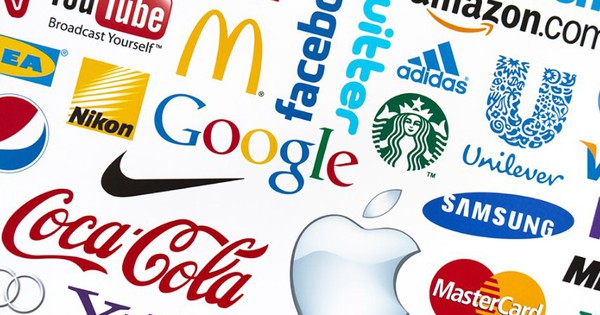In the context of increasingly fierce competition, Brand Heritage has become an important factor to help businesses affirm their position and build trust with customers. Brand Heritage not only reflects the history and core values of a business, but also serves as the foundation for building an effective marketing strategy. MarkKnow’s article will help you explore the concept of brand heritage, the process as well as the story of building successful brand heritage from globally famous businesses.
What is Brand Heritage?
Brand Heritage is the core values, history, and reputation that a brand has built and maintained over time . It is not only the products and services, but also the stories, experiences, and emotions that the brand brings to customers.
A brand with a strong heritage helps build customer loyalty. Consumers are not just buying a product, they are participating in a story, a community associated with that brand.
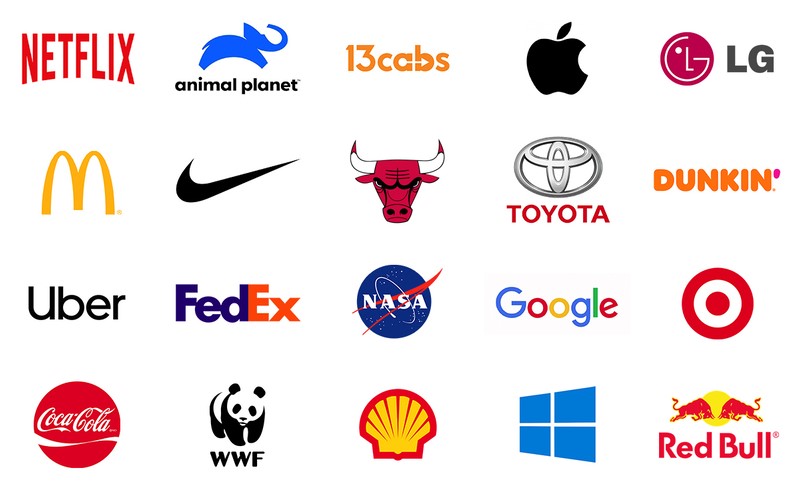
Brand Heritage creates prominence and difference
In addition, Brand Heritage gives businesses the ability to stand out and differentiate themselves from other competitors in a fiercely competitive market. This intangible asset is of great value, attracting investment and creating a sustainable competitive advantage. In particular, Brand Heritage can be developed and changed to suit market and social fluctuations.
Elements that create Brand Heritage
Building and protecting Brand Heritage is a continuous process and requires constant investment and effort from the business.
Core Values
Core values are the principles, beliefs and goals that a brand always pursues and strives for. This is a solid foundation for all business activities.
Core values guide every decision and action a business makes, from product development to customer interactions, helping the brand stand out and differentiate itself from its competitors. When customers understand and share brand values, they feel more engaged and loyal.
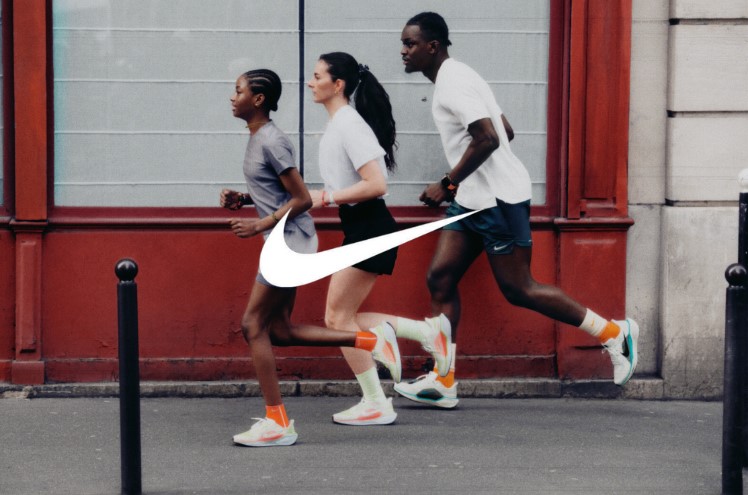
Nike brand core values
Example of Nike core values:
- Innovation : Nike is always looking to develop innovative and groundbreaking products, using new technology to enhance the user experience, especially for athletes.
- Inspiration : Nike not only sells products but also inspires people to pursue their dreams and overcome their limits through the famous slogan “Just Do It.”,
- Commitment to Athletes : Nike has a philosophy that “If you have a body, you are an athlete.” The company is focused on helping people, at all levels, reach their full potential through sport,
- Sustainability : Nike is committed to creating products with environmentally friendly processes, to protect the future of sport and the planet,
- Community & Diversity : Nike respects diversity and is committed to creating an inclusive environment that supports the global community and celebrates differences.
History and Tradition
History and tradition are the stories, events and achievements that a brand has achieved during its development. History and tradition help a brand have a distinct and memorable identity.
Past success stories help customers trust the quality and reputation of the brand. In addition, history and tradition help create an emotional connection between the brand and the customer.

Rolex and famous brand with long history of development
For example :
Rolex: Founded in 1905 in London by Hans Wilsdorf and Alfred Davis, it has a long history of producing high-end, precision watches. Its heritage is tied to technological innovation in watchmaking: the invention of the first waterproof watch (the Oyster in 1926), and iconic collections such as the Submariner (1953), Day-Date (1956), and Cosmograph Daytona (1963)
Corporate Culture and Working Style
The system of values, beliefs, codes of conduct, behaviors and working styles in an organization, etc. are often referred to as corporate culture. They are operated and shared by all members to create a unified entity with its own color and personality, bearing the mark of that organization.
The more positive the corporate culture, the more likely employees are to stay and contribute. On the other hand, this factor also helps protect the brand from possible negative impacts in the future.
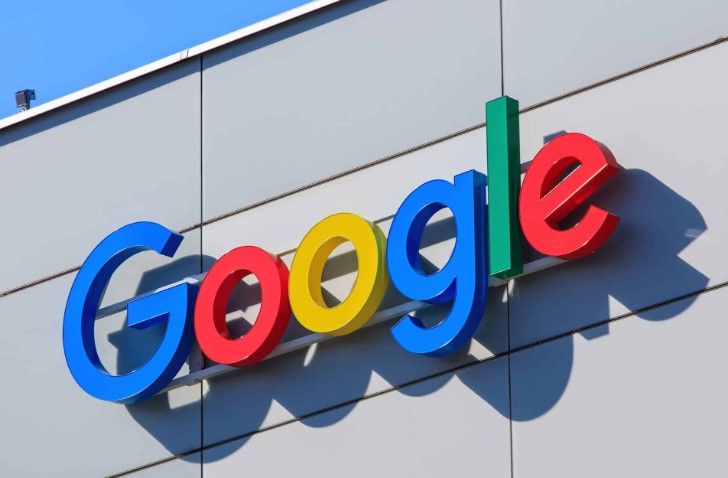
Google builds a corporate culture focused on creativity and innovation
For example:
Google creates a flexible work environment that promotes creative freedom and personal responsibility, where employees are encouraged to pursue personal projects through a “20% time” policy. In addition, the company also focuses on building a diverse and inclusive workspace, promoting collaboration and open communication across levels.
Maintain Trust and Engagement with Customers
To be successful in building brand heritage, businesses need to work harder to build trust, deep engagement and customer loyalty. Consumer trust and commitment are demonstrated by their frequent use of the brand’s products and services and their willingness to recommend them to others.
Loyal customers often buy more, tend to voluntarily promote new products of the brand, thereby helping businesses reduce marketing costs. In addition, building brand reputation with customers will create barriers and make it difficult for competitors.
For example , Apple has created a loyal fan base for its products.
Building Brand Identity
The visual elements of the brand identity such as the company logo, images, colors, symbols, etc. will leave a strong impression, create a difference, be easily recognizable among the crowd and help consumers identify and remember the brand easily and for a long time.
Even images and symbols can convey stories and messages with certain meanings about the brand to target customers.
For example , McDonald’s has the famous golden M logo on a red background.
Steps to Building Brand Heritage
Building a brand legacy is a long-term process and requires serious investment from the business. By clearly defining core values, telling compelling stories, creating a strong corporate culture, taking good care of customers, and continuously evaluating and adjusting, businesses can build a sustainable brand legacy and create long-term value.
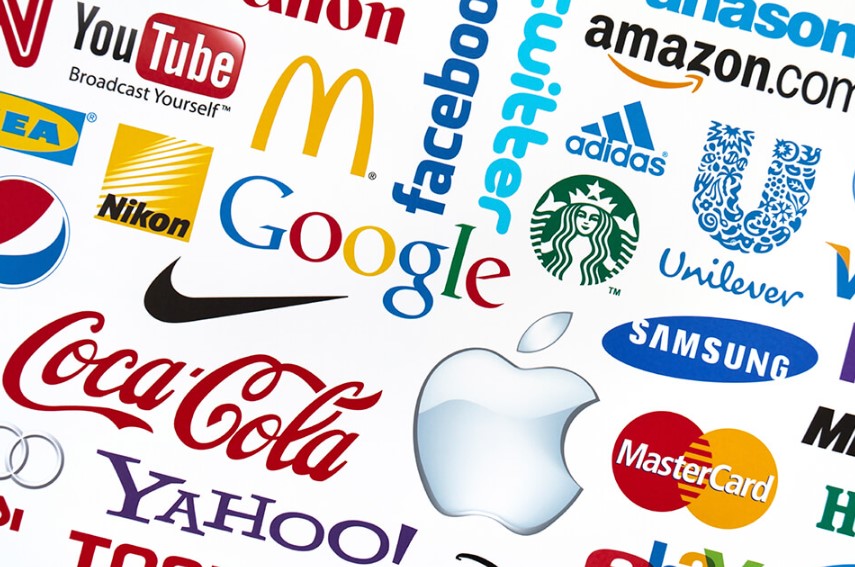
How to build brand heritage
Step 1: Identify core values
This is the first and most important step, core values are the foundation of the brand , the compass for all business activities. Businesses need to deeply understand and research the history, corporate culture, vision and mission of the company. In addition, organizing discussions with employees, customers and partners also helps businesses collect and consult opinions.
Step 2: Tell your brand story
Every brand has its own story, telling the story in an engaging and authentic way will help customers better understand the brand and create an emotional connection.
Building a humane story will demonstrate the core values of the brand. Businesses can use many channels to tell stories such as websites, social networks, videos, events, etc. to create memorable experiences for customers related to the brand story.

Building a brand story helps businesses touch customers’ emotions
Step 3: Create Corporate Culture
A strong corporate culture creates a positive work environment where employees feel proud and committed to the brand.
Business leaders also need to clearly demonstrate core values, build rituals, ceremonies, and events to strengthen corporate culture, and create conditions for employees to contribute ideas and be creative.
Step 4: Customer Care
Customers are at the heart of every business, good customer care will help businesses build loyalty and create positive brand buzz.
First, businesses need to understand user needs by researching and analyzing customer behavior, providing good services to quickly and effectively meet customer requirements. In addition, creating memorable experiences for customers at every touchpoint is one of the most effective ways to take care of customers.

Customer care is an important factor in helping businesses build a strong brand legacy.
Step 5: Continuously Evaluate and Adjust
The market is always changing, so businesses need to continuously evaluate and adjust their strategies by collecting feedback from customers, employees and partners. From there, use analytical tools to evaluate the effectiveness of activities or adjust the company’s marketing and business strategies based on the evaluation results.
Real-life Examples of Successful Brand Heritage
Coca-Cola is not just a beverage, but also a globally recognized brand and cultural icon. The brand has successfully built and maintained a strong legacy that has transcended decades.
Core Values:
- Joy and happiness : Coca-Cola is associated with happy moments, family and friends reunions.
- Sharing : The brand encourages people to share special moments together.
- Positive : Coca-Cola always creates positive, optimistic messages.
History and Tradition:
- Birth : Coca-Cola was born in 1886 and has since become an indispensable part of the lives of billions of people around the world.
- Events : Classic advertising campaigns and major sporting events sponsored by Coca-Cola have helped build the brand’s history and tradition.
Corporate Culture:
- Teamwork : The working environment at Coca-Cola always encourages team spirit and cooperation.
- Customer Centricity: All company activities are directed towards meeting the needs and desires of customers.
- Innovation : Coca-Cola constantly innovates products and marketing strategies to suit the market.
Building Customer Trust and Loyalty:
- According to statistics, Coca-Cola is one of the brands with the largest number of loyal customers in the world.
- Customers are loyal to Coca-Cola because of its distinctive taste, familiar feel and memories associated with the brand.
The iconic symbol of the Coca-Cola beverage brand:
- Logo : The distinctive red and white Coca-Cola logo has become one of the most widely recognized symbols in the world.
- Color : Coca-Cola’s red color symbolizes dynamism, joy and luck.
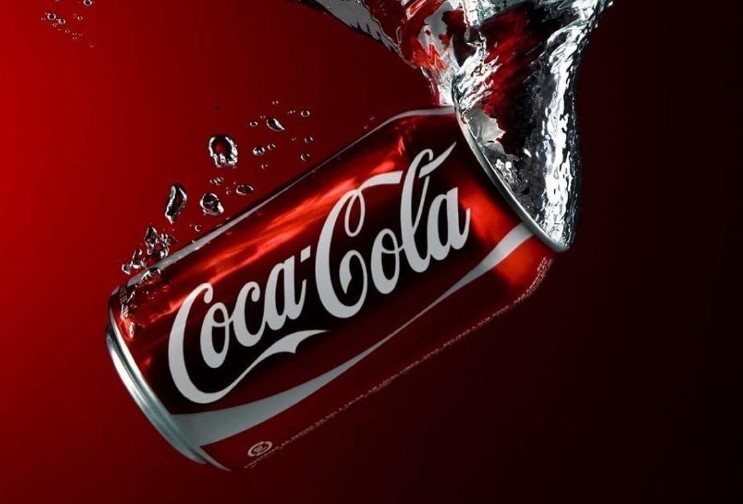
Coca-Cola is a prime example of successful brand heritage building.
Coca-Cola is a great example of a brand that has successfully built and maintained a strong brand heritage. By focusing on core values, building on history and tradition, creating a corporate culture, caring for customers and constantly innovating, Coca-Cola has become a global cultural icon.
Challenges in Maintaining Brand Heritage
Maintaining brand heritage is a process that requires persistence and agility, especially in an ever-changing business environment.
- New Generations and Changing Preferences: Younger generations have different values and perspectives on life than older generations, which requires brands to adapt and convey messages more effectively. The development of technology and society causes consumers’ preferences to change rapidly, requiring brands to constantly update and innovate.
- Fierce Competition: Competitors are constantly launching new products and services with more attractive features. Moreover, marketing campaigns are increasingly creative and diverse, requiring brands to have appropriate strategies to compete.
- Protecting Brand Identity: As a brand grows, it may be tempted by short-term profits and lose its inherent identity. Competitors may copy or imitate the brand’s distinctive elements.
- Adapting to Technology: The development of digital communication channels creates many opportunities but also poses new challenges in brand image management. Customers increasingly expect personalized experiences, requiring brands to have appropriate technology solutions.
- Crisis and Incident: Negative information can spread very quickly on social media, seriously affecting brand image. Handling the crisis quickly and effectively is very important to limit the damage.
- Preserving Heritage while Innovating: Brands need to find a balance between preserving traditional values and innovating to suit the current market. At the same time, creating new products and services based on the brand heritage.
To overcome these challenges, businesses need to regularly research and analyze customer behavior to promptly grasp needs and trends, constantly seek new ideas and new technologies to improve products and services. In addition, corporate culture will help employees understand and protect the core values of the brand. Preparing crisis response plans and having a professional communications team are also important things that every brand needs to do.
Summarize
Hopefully, MarketingAI’s article has helped you understand the concept of brand heritage and how to build a sustainable brand heritage. From there, your business will create trust with customers, differentiate itself from competitors in the market, increase brand value, and support the brand’s marketing strategies.
Comment Policy: We truly value your comments and appreciate the time you take to share your thoughts and feedback with us.
Note: Comments that are identified as spam or purely promotional will be removed.
To enhance your commenting experience, consider creating a Gravatar account. By adding an avatar and using the same e-mail here, your comments will feature a unique and recognizable avatar, making it easier for other members to identify you.
Please use a valid e-mail address so you can receive notifications when your comments receive replies.
